Pioneer Bluffs
Saturday, Harland and I hit the road and took a trip on down into the central part of Kansas. We passed through Strong City and Cottonwood Falls and just a few miles north of the small town of Matfield Green, population 47, we stopped at a homestead. Just off the road lay a large 2 storey 4 square house with a large porch complete with rocking chairs. Just beyond the house lay a 2 storey barn with clapboard siding painted crisp white with large black letters painted on the side, “Pioneer Bluffs, Since 1859”. The history of this place, formerly a large cattle ranch and now a non-profit, is typical of this part of the country. The land was first settled in 1859 by a young 23 year old immigrant from Bohemia. Charles Rogler had heard about land available for settlement, and so he walked the several hundred miles from Iowa, on foot. He selected a nice spot alongside a river. He built a cabin, and contacted his extended family to come over from Bohemia to join him.
The years passed and eventually Charles built up his 160 acre homestead into a large farm of 1,800 acres. He married and had 5 children. But while his children were still young, he was caught out in a March snowstorm, and died shortly thereafter of pneumonia in 1888. Ten years later, his son Henry took over the farm. He and his wife Maud, continued to build up the farm. In 1908 Maud used her family inheritance to build a large 2 storey house which was the envy of the neighbors. Besides its gracious size, large porch and fireplace, its most enviable feature was its indoor plumbing. Another eight years later, they built a barn large enough to hold their teams of work horses,
and a loft overhead for hay storage.
( I found a good article about how hay was hoisted into the hayloft. Click here if you’re interested.)
In the late 1920s, Henry and Maud’s son Wayne took over the farm. He dreamed of becoming a cowboy and set about turning the farm into a cattle ranch. Drought and the Depression slowed the realization of this dream, but he persevered. As the years passed, he slowly built the ranch up to include 60,000 acres and 15,000 head of cattle, and became one of the most influential cattlemen in the Flint Hills. In 1972, Henry and Maud both died within 2 months of one another. Their son Wayne and his wife Elizabeth both died in 2004, and sadly, no one in the family was interested in taking over the ranch. So in 2006, almost a century and a half after Charles Rogler first arrived on foot from Iowa, the land was auctioned.
The house and barns were sold to a non-profit organization. The house is now an art gallery, and the barn is open for tours.
If you’re interested in seeing old photos of the house, barn, and family, click here. It’s really fascinating to see what the place looked like in its heyday.
~~~~~~~~~~~~~~~~~~~~~~~~~~~~~~~~~~
[ad name=”Google Adsense”]

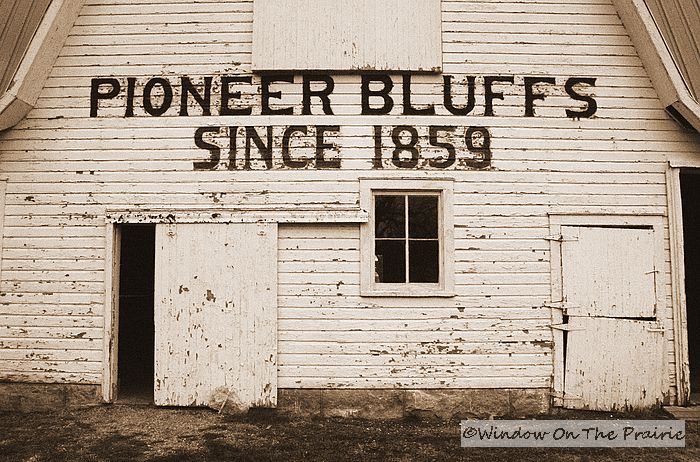
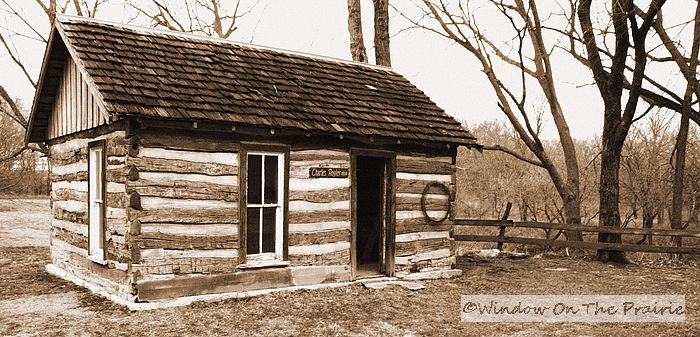
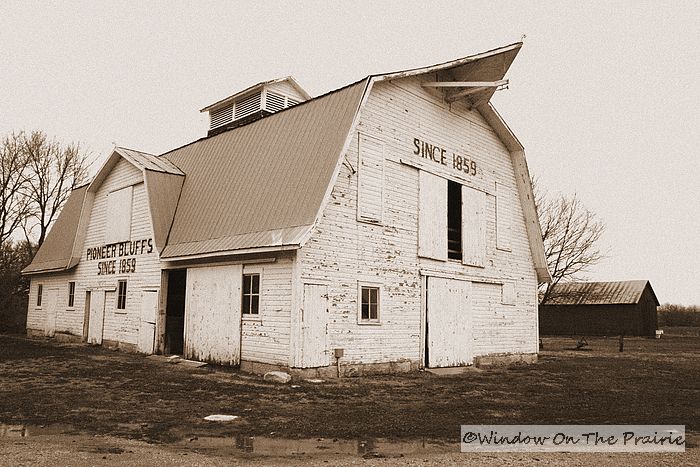
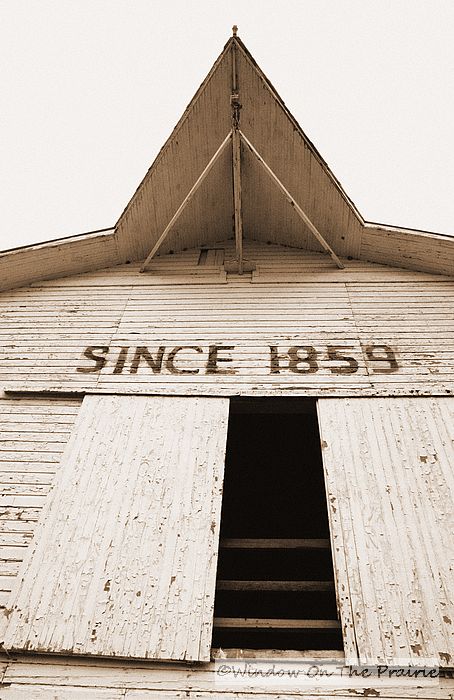
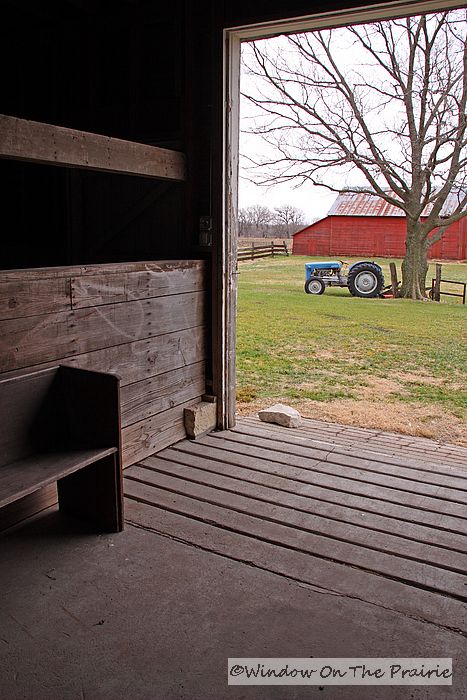
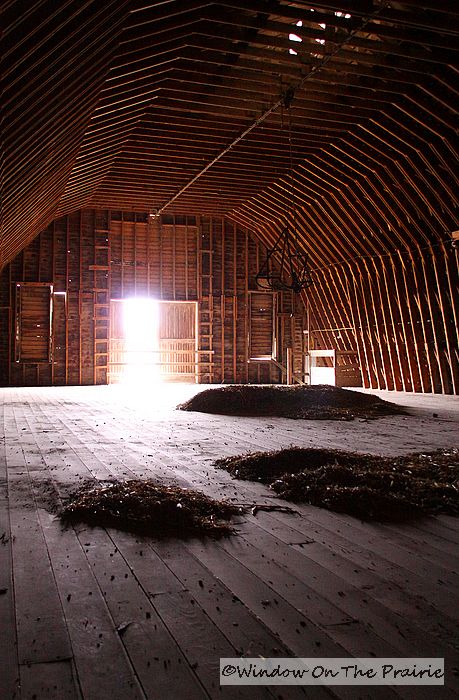
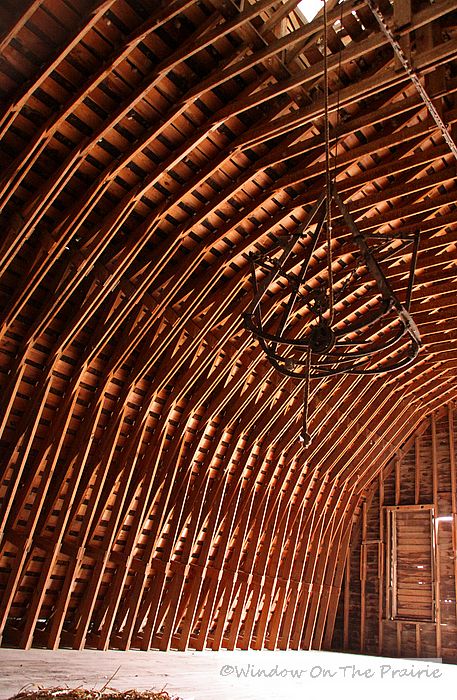
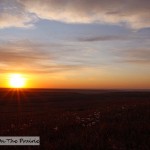
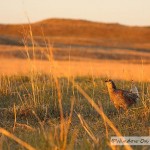

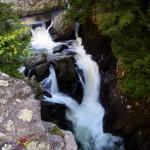
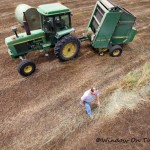
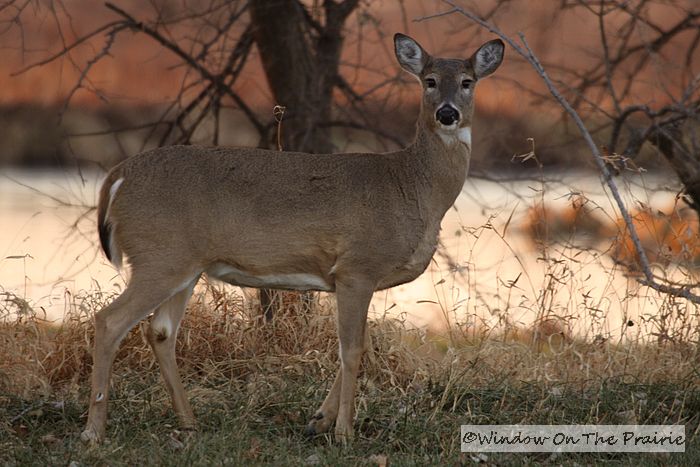
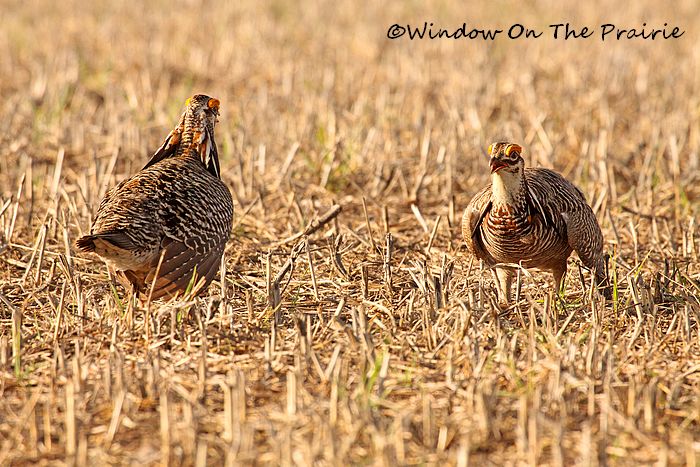
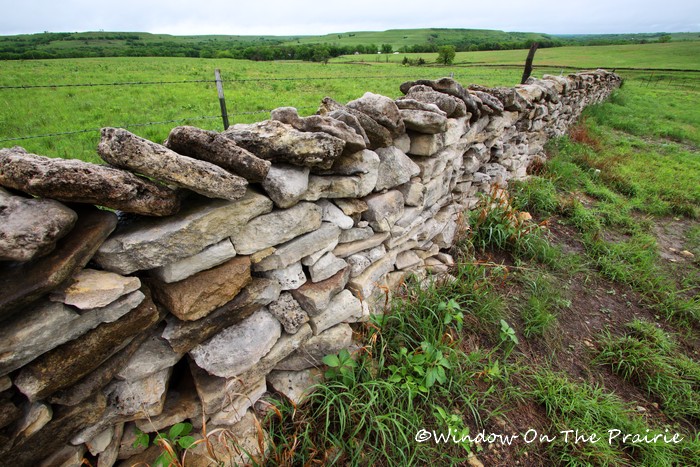
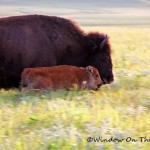
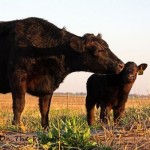


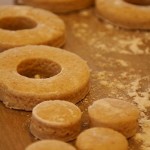
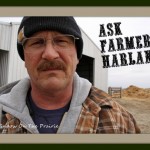




Thanks for taking us on your travels again! Great story.
Very cool. Don will shudder when I show this to him – he has not so fond memories of pitching hay as a young boy. Excellent pictures – as always – Suzanne!
Excellent pictures – as always – Suzanne!
The structure on the inside of that barn is amazing. No wonder it has lasted so long.
Amazing pictures! I’d like to see a close up of the construction of the barn’s rafters.
I am always a little sad when the older generation passes on and the younger family members aren’t interested in keeping these old farms and ranches going. I guess I’ve watched too much of my child hood stomping grounds being sold off and paved over.
Thanks for the photos and history of the barn and house. I looked at the older photos on flicker as well. I love stuff like that. Hop to my blog for a giveway, Suzanne.
The perseverance and hardships of the early pioneers were astounding. I stared at the structure of the inside of the barn loft for a long time; it’s like a work of art. Thanks so much for the story and wonderful pictures, Suzanne.
So amazing to have that history story for the farm. Hard to believe how far the original owner had to WALK to find the property. Thats real determination, endurance, and stamina to do that. Very amazing. Love the post thank you. We had a hay lift like that in our barn – as a kid I was always made to stay far away from it but, always watched from afar. Last time I drove by the ole’ farm the barn had caved in on itself. Made me sad to see that nobody had taken care of the outbuildings.
Suzanne, I love these stories on the history of those that settled our great land. It both facinates and saddens me to see how it has played out. I’m just so glad that the major buildings have been preserved. The photos are wonderful. I wonder what stories that barn could tell. The architecture is wonderful and not duplicated today. You have to be wealthy to put up a post and beam structure in this day and age. Thanks for sharing!
Oh my stars…the inside of that barn is heaven! I am imagining a beautiful wedding in there…or a big Thanksgiving dinner with a huge wooden farmhouse table!
The bane is especially beautiful.
Enjoyed this post. It reminds me of a book I read by William Least-Heat Moon titled PrairyErth. He takes a long and wonderful look at that part of the country. Your pitures evoke a sense of well-being and joy.
You probably figured I was going to catch up on your blog and ask! I bookmarked Rich’s short stories btw! As always, thanks for posting!
JMart, it is interesting that you mention William Least-Heat Moon. The weekend we explored Pioneer Bluffs was when he was there to promote a movie about returning to Chase County. Wonderful day. Pioneer Bluffs is a wonderful place.
Thanks for sharing some wonderful pictures and information. Great post as always.
I am the executive director of Pioneer Bluffs and just ran across these photos. LOVED seeing them and hearing of your visit.
In 2015 we restored the barn to its 1915 appearance and everyone who sees it falls in love. The hay hook you show has been converted to a chandelier and the loft is totally accessible. We host weddings, music performances, ranching heritage talks, and more in the loft now.
I would love to send you recent photos of the barn if you want to update your blogpost. Better yet, maybe you would like to visit again!
Thanks for sharing all these great stories. Lynn Smith